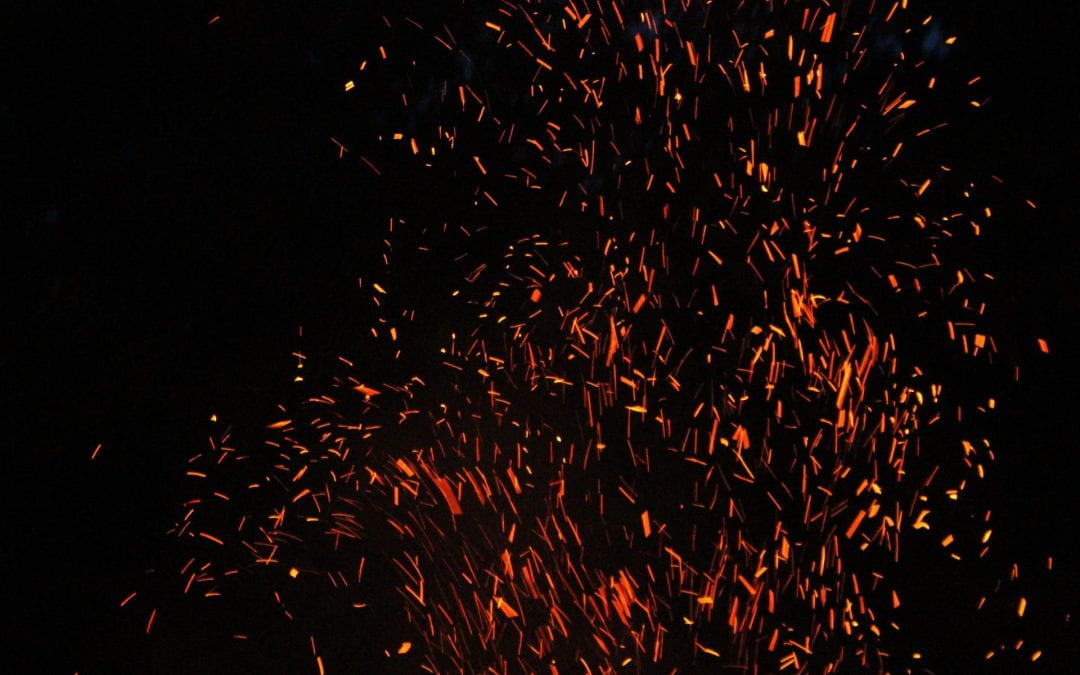Bushfires may be worsening, but we aren’t powerless to reduce their impacts. Everything from our homes to our words can play a role.
As Australians begin the first El Niño summer since the Black Summer bushfires, researchers are warning that now is the time to have a plan — especially in the outer suburbs.
Many Australians living on urban fringes may be more exposed to fire risk than they think. And in many parts of the country, the fire season has shifted or grown into the spring in recent years. Something the rest of the world should take note of. The northern hemisphere has been hit by wildfires over the past few years, with Europe, Canada and America all being touched by flames.
A plan can start with something as simple as deciding in advance what to do on a high fire danger day and taking a few easy steps to prepare a home for any potential bushfires.
It can also include packing a bushfire plan when you go on summer break, as favourite holiday destinations can also be susceptible to fire.
Research shows poorer communities are more exposed to bushfires, have less capacity to prevent or respond to them and take longer to recover from them.
Redressing this inequity by providing more support for local governments in these areas could improve outcomes for communities.
Even people who aren’t directly affected by fires can still suffer from smoke entering their homes.
Building homes that don’t let smoke in while letting moisture out can be costly. But other measures — like masks, air purifiers and particulate filters on air-conditioning systems — are more accessible, as is making people aware of the risks associated with bushfire smoke in the first place.
It’s now possible to design fireproof homes that in the future would allow people to safely shelter inside them while a fire passes by.
This doesn’t just rely on state-of-the-art engineering, even something as simple as the right paint undercoat can help a building resist fire.
Empirical scientific evidence shows that the number of fires have increased in southeast Australia since the mid-1800s and the removal of Aboriginal care and management of Country.
Solving this problem will be multifaceted, but all solutions need to be underpinned by engaging traditional owners.
There are lessons in the land elsewhere too. Malaysia — home to dry, flammable peatlands — is forming volunteer groups to monitor ecosystems, as well as installing dykes to keep peatlands wet.
With fire seasons growing longer, scientists are taking tech from the sporting field to the fire ground to help firefighters keep cool.
Research has found consuming ice slushies, placing their forearms in cold water, applying ice packs on other parts of their body and sitting in front of a misting fan were the most effective cooling strategies.
Science and engineering may be important in adapting to the fires of the future, but recognising the social dynamics of bushfire resilience — and the links between mental and physical health — could also reduce their impacts.
Many older Australians living on the New South Wales south coast felt anxious or worried during the 2019/2020 Black Summer bushfires and some also experienced difficulty accessing health services.
Community strategies for older residents that encourage social connection and support their mental health and resilience could help mitigate these issues in future disasters.
Healthcare providers could also encourage people where possible to manage their own health needs to help lessen the impact of disruptions to healthcare services.
Domestic violence increases during disasters like fires, but such incidents are often minimised afterwards.
A critical first step is increasing authorities’ willingness to hear about this violence and including information about domestic violence during disasters in training and community materials, and monitoring, responding to it and reporting on it.
As the climate changes, some of the language we use to describe fires may also need to change.
For instance, the word “megafire” is now more commonly used to describe the new, large fires brought by climate change.
Another example of how fire touches so many aspects of our lives.
Originally published under Creative Commons by 360info™. Additional words by Jack Marshall.

